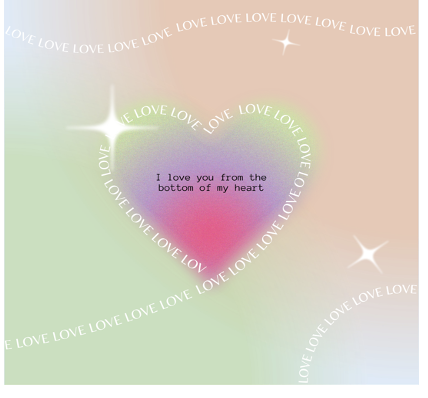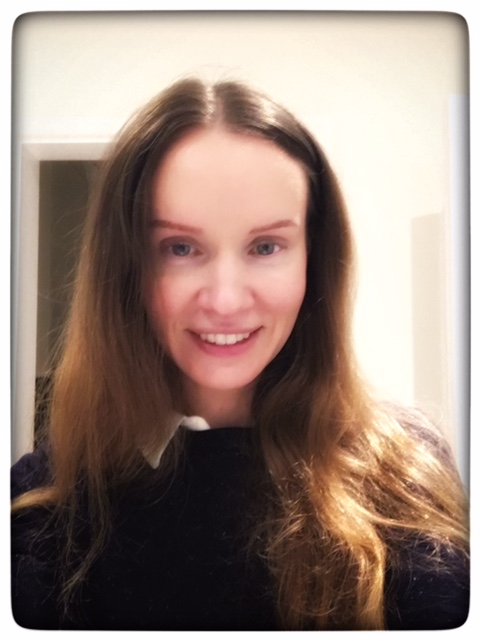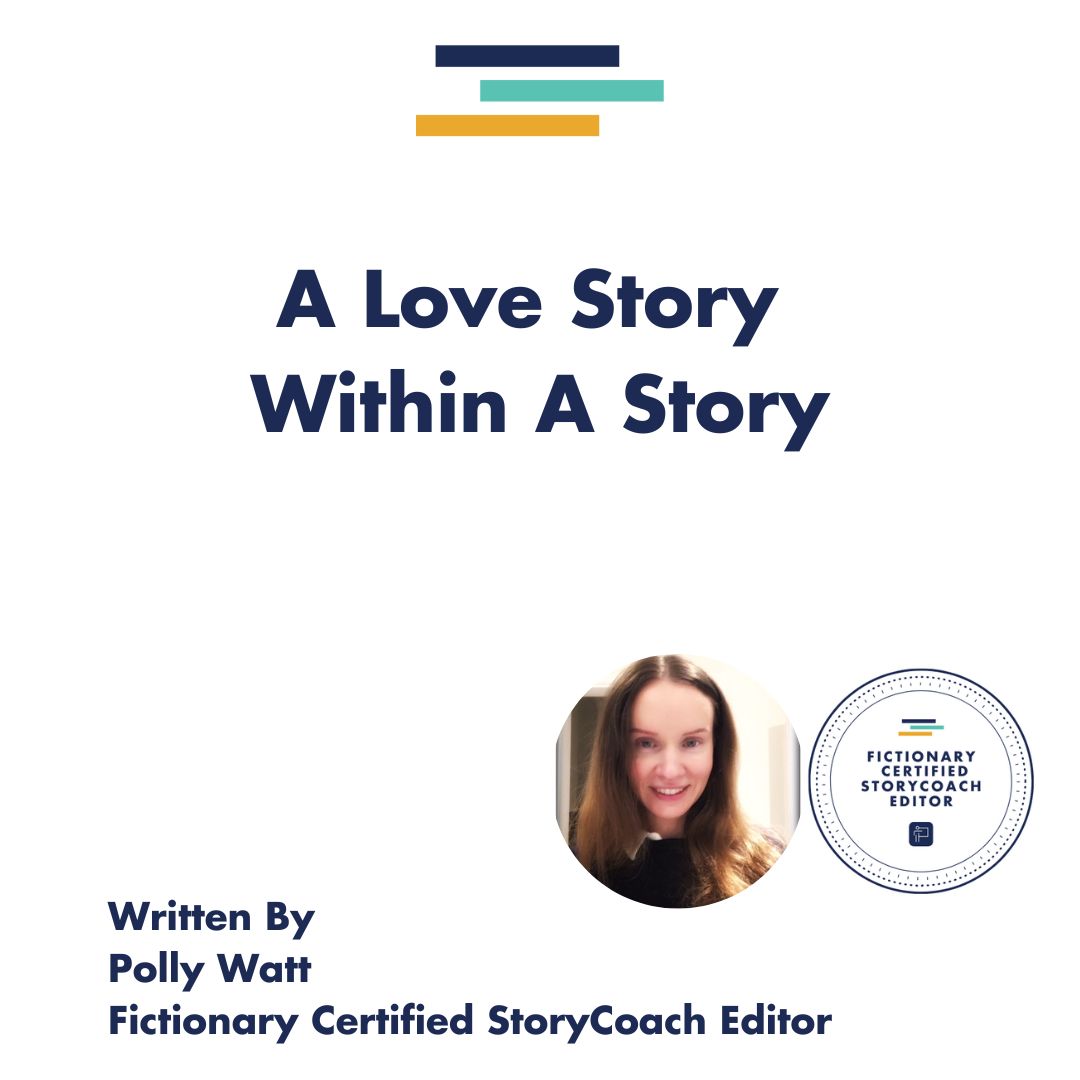Can a love story appear in any novel?
 When thinking of love stories, we often think first of Mills and Boon romances and Merchant Ivory rom-coms. But love stories are ubiquitous throughout all genres of fiction, even high-octane, blood-and-guts-soaked thrillers. Most writers find they must depict love at some point, whether it’s romantic love, familial love, meaningful friendships, or love for communities and ways of life.
When thinking of love stories, we often think first of Mills and Boon romances and Merchant Ivory rom-coms. But love stories are ubiquitous throughout all genres of fiction, even high-octane, blood-and-guts-soaked thrillers. Most writers find they must depict love at some point, whether it’s romantic love, familial love, meaningful friendships, or love for communities and ways of life.
Take Lee Child’s The Killing Floor. Hardened ex-military cop Jack Reacher, wrongfully imprisoned, attacked from every angle, still somehow – throughout all the stabbing, shooting and severing of body parts – manages to fall for the small town’s one gorgeous female cop. Their love may not last the ages, but it sure lasts the course of the story’s action. Or John LeCarre’s The Constant Gardener: mild-mannered, conventional Justin Quayle risks life and career to find justice for his rebellious, but beloved, dead wife Tessa. The story’s foundational love story of how Justin and Tessa met and married is what gives the overlying political thriller its depth and heart.
Without the above protagonists acting upon their love, there’d be no story. Their love gives them a goal, helps creates stakes, and allows the reader to root for their success. In almost all successful stories, characters care deeply about someone or something; their passion is what makes the reader care enough about them to keep reading. When love is absent from any story, you risk that absence being reflected in your reader.
for their success. In almost all successful stories, characters care deeply about someone or something; their passion is what makes the reader care enough about them to keep reading. When love is absent from any story, you risk that absence being reflected in your reader.
So, the big question: how to make readers fall in love with our love stories?
To hook readers, must we create new, high-concept ideas no-one’s ever thought of before? How about a love story between two people who share a room and bed without ever having met? (The Flat Share). Or, how about a marriage where one partner keeps slipping through time? (The Time Traveller’s Wife). Without a doubt, a fantastic concept can do wonders for generating instant attraction.
But these novels relied on more than just their brilliant external hooks to carry readers through hundreds of pages.
For readers to commit long-term to your book, you need more than just a clever blurb. You must deliver up all the twists, turns, emotions, and immersive love affairs which you promised your reader at the outset.
Every successful love story, therefore, needs a strong story foundation. This, you build with:
- genre knowledge,
- strong structure,
- excellent setting,
- strong characters,
- a gripping plot.
Irresistible love stories: the essential elements
Know your Genre
- Don’t aim your sights on the wrong partner. The wrong reader will probably never fall in love with your story, no matter how beautifully written it is. Know which features your ideal partner seeks. If you’re writing a Romance, play with romantic tropes: fake dating, love triangles, enemies-to-lovers, and so on. Draw out new sparks in old stories by shining bright new lights upon them, and Romance readers will love you for knowing what they want. But if you’re writing Literary Fiction, these tropes are probably best avoided – unless you intend to do something wondrously experimental with them. Instead, explore the full complexity of human relationships, examining them in their raw ambiguity and messiness. Or for a Gothic Romance, draw out your characters’ darkest sides, throwing us into a snake-pit of writhing, vicious emotions.
For story structure
- see 5 Plot Points for a Story Arc. ; for romance-specific structure check out How to Write a Romance Novel Readers Love .
Make readers root for your characters
- Give your characters an overall story goal, alongside smaller, story-relevant scene goals, with high stakes if they fail. As readers cheer for the protagonist’s success, they’ll become emotionally invested, and begin to care.
- Never underestimate the importance of stakes. In Pride and Prejudice, the Bennet sisters face future destitution if at least one of the girls doesn’t marry a rich man. Yet the spectre of an intellectually unfulfilling marriage hangs over Elizabeth every time her parents squabble. The stakes – physical and emotional – are ever-present. Don’t leave it too long to show us the stakes: by Plot Point One, we should know exactly why the protagonist can’t turn away from their goal.
- Give your protagonist depth. Don’t limit their goals to finding love. If a relationship is your protagonist’s only goal, they may come across as shallow and one-dimensional. Casablanca is one of the most enduring love stories in film because our heroes believe in something greater than their own happy ending. If your story arc centres around a romantic relationship, then add depth through giving your protagonist an inner goal, or flaw – something universally relatable. Take Bridget Jones. Bridget worries remaining single means she’ll eventually die alone in her flat, her corpse eaten by Alsatians. Although we laugh, we readers perceive the real stakes at play: Bridget’s inner need for self-acceptance. In her quest for social approval and love, Bridget risks becoming a lesser version of herself. We don’t just root for Bridget to find a boyfriend; we root for her to accept herself just as she is. When we readers see our own needs reflected in her, how can we not care? Once we’re this invested in her story, we’re hooked.
Make readers fall in love with your story world
- Give your readers an immersive experience they’ll never forget. Readers of Romance, Historical, and Speculative fictions particularly love exploring new worlds. Show your characters’ personalities and background through their perceptions of the setting.
- Setting builds the backdrop of your love story and provides the potential for tension, conflict, emotion, excitement. Through setting, writers make promises; these promises should aim to hook the right readers. Think of the excitement of being swept away into The Other Boleyn Girl’s scheming Tudor Court. Or Wuthering Heights’ dark Yorkshire moors: with this savage scenery, Brontë hooks her target Gothic Romance readers with promises of turbulent emotions and unpredictable behaviour.
Fill your love story with appropriate conflict and tension
- If love isn’t earned through growth, there’s no story. Even if the love story is secondary to the main plot, no-one feels invested in a relationship that comes too easily. We’ve nothing to root for; nothing to care about.
- Injecting conflict doesn’t mean ensuring constant antagonism between your romantic leads. Remember, you’re convincing readers your characters would be perfect for each other, if they could only overcome the various obstacles.
- Obstacles, in the best love stories, are both internal and external. Take Pride and Prejudice. Elizabeth’s prejudice and Darcy’s pride – their inner flaws – aren’t the only impediments to their relationship. Lady Catherine de Bourgh (an aristocratic snob), Caroline Bingley (a social-climbing snob), Wickham (callous gold-digger) and Lydia (the thoughtless coquet) all play their part in thwarting the happy ending. Importantly, the inner and outer obstacles share common themes. Austen’s depiction of pride, prejudice, snobbery and inequality between classes and genders in combination form a powerful critique of Regency society. These obstacles are arguably what the story is truly about, at heart.
- And that, ultimately, is how to make readers fall in love. Show your story’s true heart through interweaving character, plot and theme as intricately and inextricably as a Celtic knot. Make your love story complex, authentic and bold, and you increase your odds of winning readers.

Post Written by Polly Watt
 A former refugee lawyer in the UK, Polly Watt honed her skills working on cases where careful editing often really was a matter of life and death.
A former refugee lawyer in the UK, Polly Watt honed her skills working on cases where careful editing often really was a matter of life and death.
As a Fictionary StoryCoach Editor, she will apply the same care and attention to detail to your structural story edit. She’s passionate about stories and loves working on all different types of literary genres.
Fictionary will be hosting the Book of the Year Award again in 2023. To enter, come join the Fictionary community and get to know other writers and editors.



